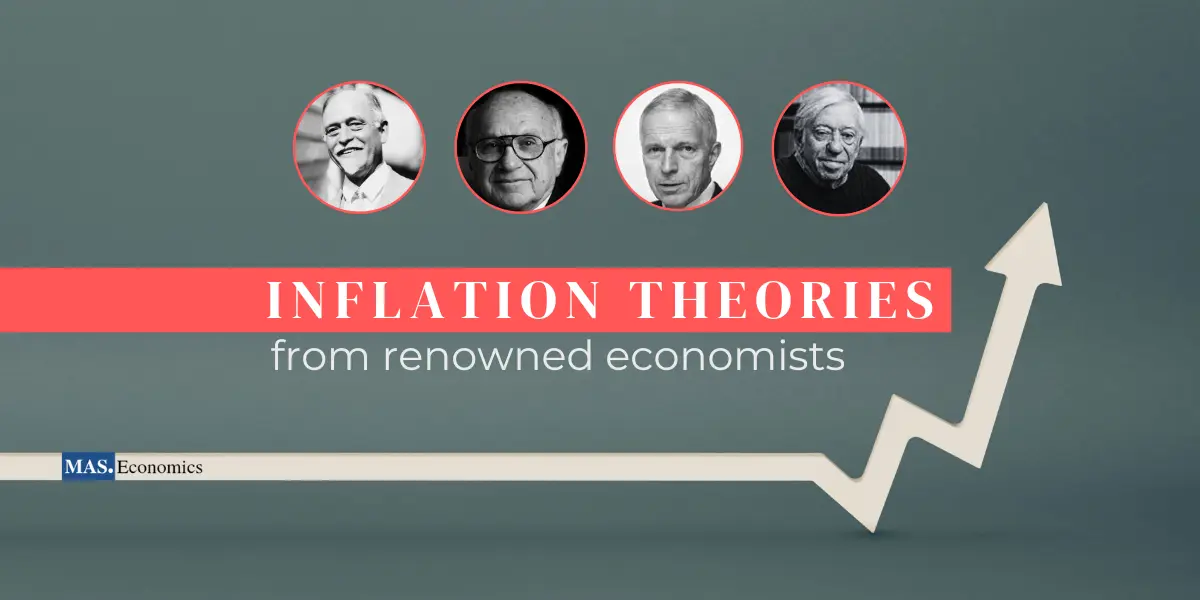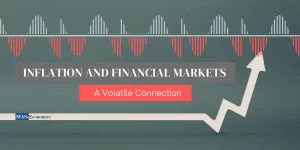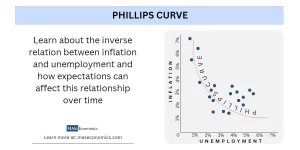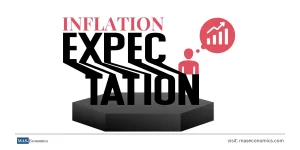Inflation is a general increase in prices and a fall in the purchasing value of money. It can have several negative consequences, such as savings erosion, income redistribution, and increased uncertainty.
There are many different causes of inflation, but some of the most common include an increase in the money supply, an increase in the cost of production, Demand-pull inflation, Cost-push inflation, and Structural inflation.
The causes of inflation can vary depending on the specific circumstances. However, the factors discussed above are some of the most common causes of inflation.
Inflation Theories by Renowned Economists
In this article, we will delve into the causes of inflation in chronological order, starting with early research papers on the topic. The works of renowned economists who have contributed to the study of inflation, such as Irving Fisher, Milton Friedman, Edmund Phelps, Robert J. Gordon, Thomas Piketty, and others, will be explored.
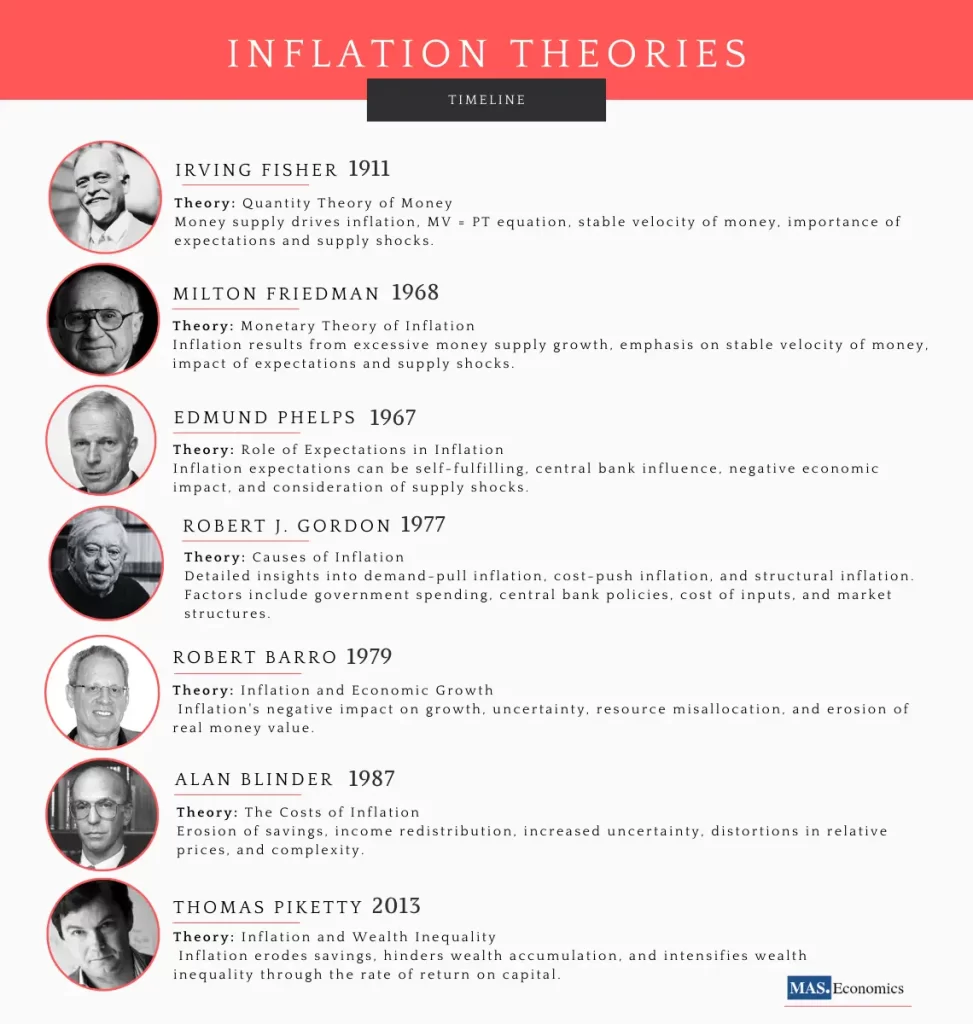
Irving Fisher’s Quantity Theory of Money
In the early 20th century, Irving Fisher developed the Quantity Theory of Money, positing that the money supply is the primary driver of inflation. Fisher’s theory centers on the equation of exchange, which states that MV = PT, where:
- M represents the money supply
- V is the velocity of money, indicating how quickly money changes hands
- P signifies the price level
- T represents the output of goods and services
The equation suggests that inflation (P) rises when the money supply (M) outpaces output (T). Fisher contended that the velocity of money remains relatively stable over time, making changes in the money supply the primary instigator of price level fluctuations.
Key takeaways from Fisher’s theory of inflation include:
- The money supply is the primary determinant of inflation.
- The velocity of money is relatively stable over time.
- Expectations can influence inflation.
- Supply shocks can trigger inflation.
- Fisher’s theory has impacted economists’ understanding of inflation and serves as a basis for contemporary inflation analysis.
Milton Friedman’s Theory and Policy
Milton Friedman, a Nobel Prize-winning economist, articulated his theory on inflation and its relation to the money supply in his 1968 book, “Theory and Policy.” Friedman, like Fisher, drew from the Quantity Theory of Money (MV = PT) to assert that inflation is primarily a monetary phenomenon. He posited that inflation arises when the money supply (M) expands more swiftly than the output (T).
Key points from Friedman’s theory of inflation comprise:
- Inflation arises from an excessive increase in the money supply relative to output.
- The velocity of money is relatively stable.
- Expectations can impact inflation.
- Supply shocks can induce inflation.
Robert J. Gordon’s Theory of Inflation
Robert J. Gordon’s seminal paper provides a comprehensive overview of the causes of inflation, shedding light on the mechanisms behind demand-pull inflation, cost-push inflation, and structural inflation.
Demand-Pull Inflation
Demand-pull inflation emerges when aggregate demand outpaces aggregate supply. Gordon underscores the role of government spending and central bank policies in stimulating demand-pull inflation. Government expenditure increases, and central banks lowering interest rates can both amplify aggregate demand, setting the stage for rising prices.
Cost-Push Inflation
Cost-push inflation, another facet of inflation dynamics, is triggered by an increase in the cost of inputs, such as wages or raw materials. Gordon’s analysis emphasizes how these cost increases are propagated throughout the supply chain, ultimately elevating consumer prices.
Structural Inflation
Structural inflation is a distinct form of inflation driven by factors obstructing price reductions. Gordon’s work elucidates how market structures, characterized by monopolies or high degrees of unionization, can create price rigidities, making it challenging for them to decline despite changing economic conditions.
Edmund Phelps: The Role of Expectations in Inflation
In 1967, Nobel Prize-winning economist Edmund Phelps explored the role of expectations in inflation in his paper. Phelps contended that inflation expectations can be self-fulfilling, meaning they can trigger inflation without an underlying money supply increase.
Key points from Phelps’ theory of inflation include:
- Inflation expectations can be self-fulfilling.
- Central banks can influence inflation by managing expectations.
- Inflation can negatively impact the economy.
Robert Barro: Inflation and Economic Growth
In 1979, economist Robert Barro of Harvard University explored the negative impact of inflation on economic growth in his paper. Barro’s theory hinges on the notion that inflation introduces economic uncertainty and distortions. This uncertainty discourages investment and economic activity, while distortions lead to misallocation of resources.
Key points from Barro’s theory of inflation comprise:
- Inflation can impede economic growth.
- Uncertainty can deter investment and economic activity.
- Distortions can result in resource misallocation.
- Inflation can erode the real value of money.
Alan Blinder: The Costs of Inflation
In 1987, economist Alan Blinder, from Princeton University, delved into the costs of inflation in his paper. Blinder identified various costs associated with inflation, including:
- Erosion of Savings: Inflation erodes the value of savings as money loses purchasing power over time.
- Redistribution of Income: Inflation can redistribute income from savers to borrowers, as borrowers repay loans with currency of declining value.
- Increased Uncertainty: Inflation fosters economic uncertainty, potentially discouraging investment and hindering overall economic growth.
- Distortions in Relative Prices: Inflation can distort relative prices, complicating businesses’ decision-making processes regarding production and investment.
- Increased Complexity: Inflation introduces complexity into economic decision-making, as businesses and consumers must continually adjust to shifting prices.
Key points from Blinder’s theory of inflation encompass:
- Inflation entails numerous costs, including the erosion of savings, income redistribution, increased uncertainty, relative price distortions, and complexity.
- The costs of inflation can vary based on the inflation rate and distribution.
- Maintaining low and stable inflation can alleviate these costs.
Thomas Piketty: Capital in the Twenty-First Century
In 2013, French economist Thomas Piketty released “Capital in the Twenty-First Century,” a book in which he discusses how the rate of return on capital tends to outstrip economic growth, resulting in wealth concentration over time. Piketty argues that inflation can exacerbate this wealth disparity by eroding savings and impeding wealth accumulation.
Key points from Piketty’s theory of inflation include:
- Inflation can erode the value of savings.
- Inflation can hinder wealth accumulation.
- Inflation can intensify wealth inequality.
Conclusion
Inflation is a complex economic phenomenon with many causes. The research papers discussed in this article provide a glimpse into the different theories that economists have developed to explain inflation.
Inflation can have a negative impact on the economy, but it can be controlled by managing the money supply and interest rates. The best way to control inflation is to prevent it from happening in the first place.

